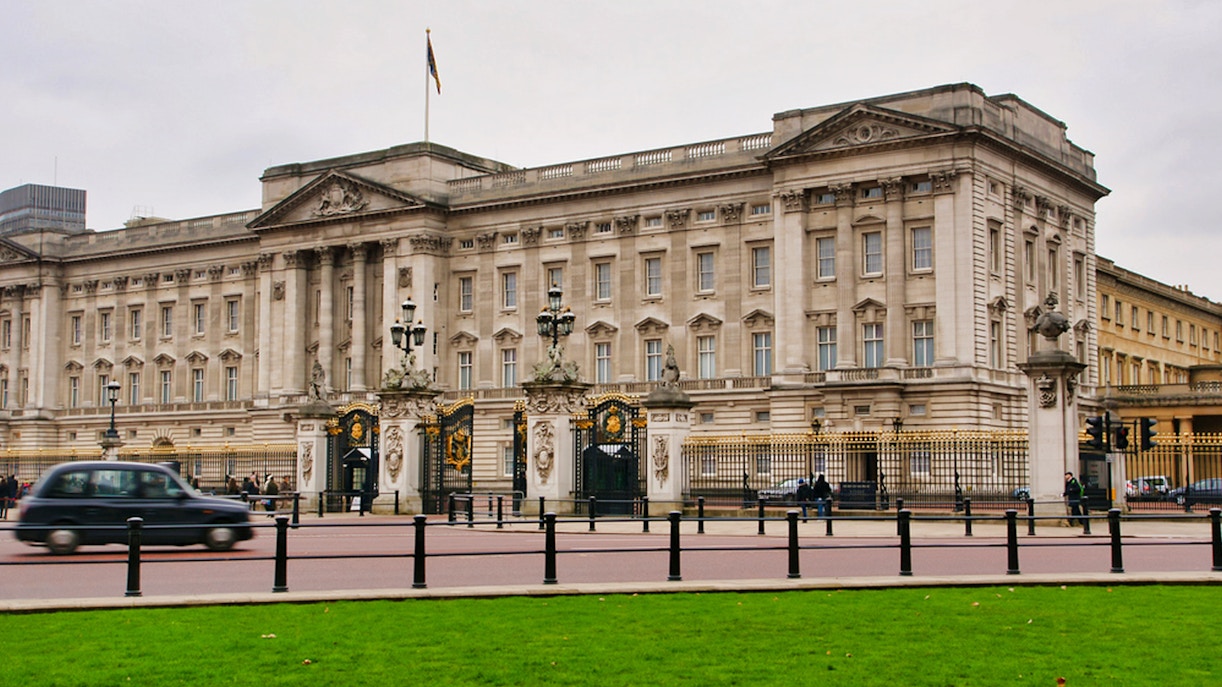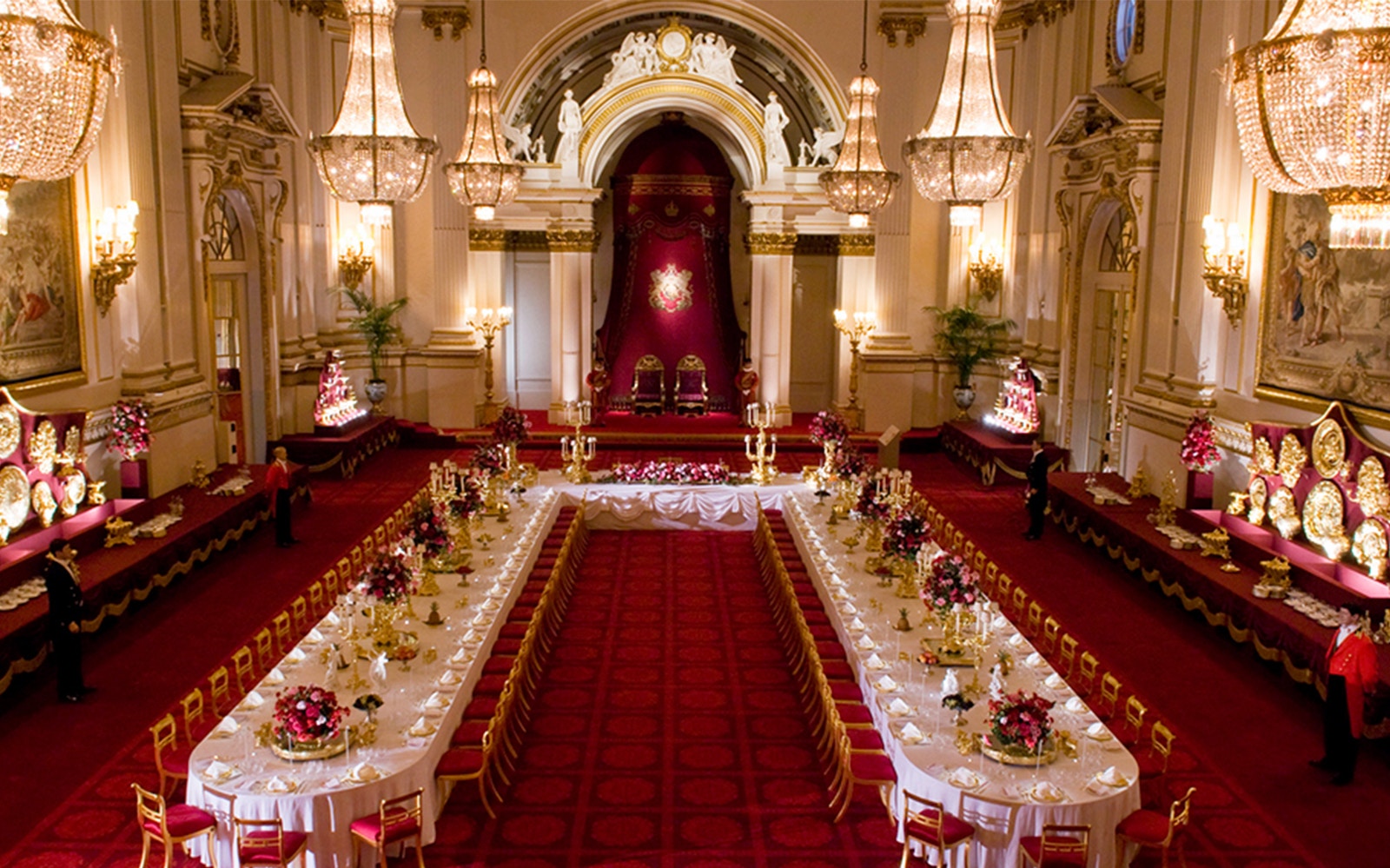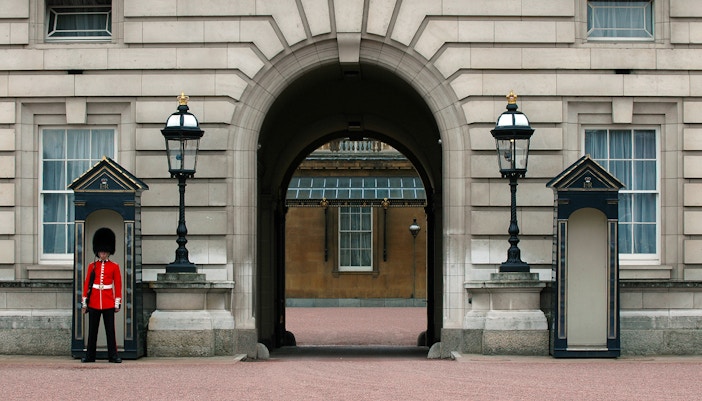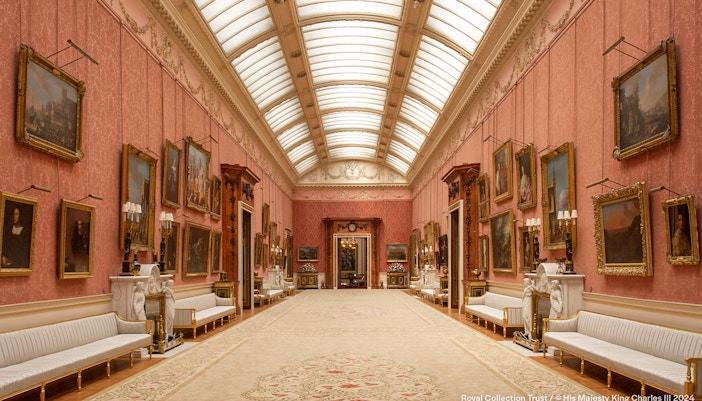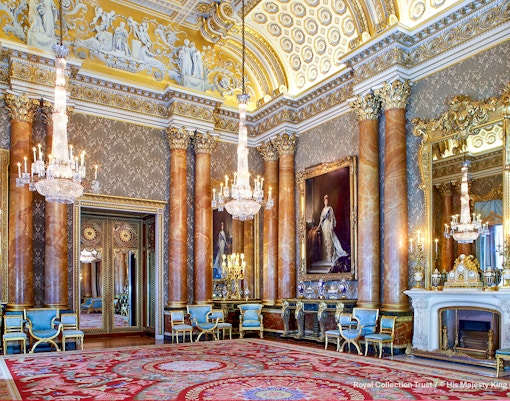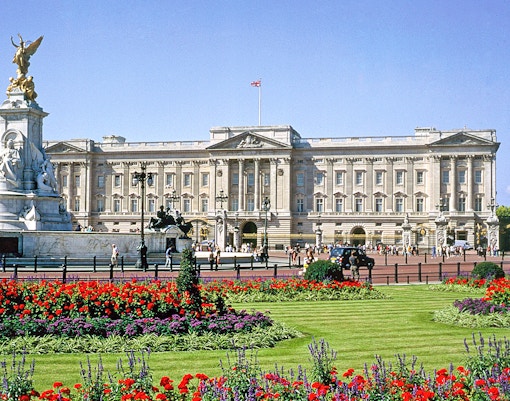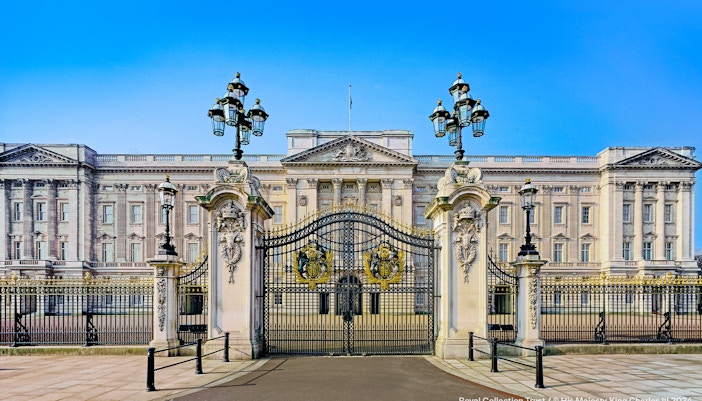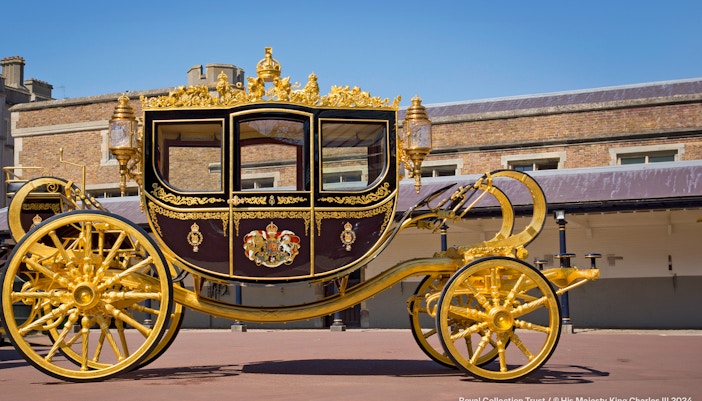Architectural styles and influences
The architecture of Buckingham Palace is a powerful statement of Neoclassical design, a style that emerged in the late 18th century as a revival of ancient Greek and Roman traditions. The current facade, as reimagined by Edward Blore, embodies the style's core principles of symmetry, balance, and classical order. The design, with its formal structure, is reminiscent of the White House in Washington D.C.
The building began as a Georgian-style townhouse in the 18th century, and was later expanded by architect John Nash, who infused it with a more opulent French Neoclassical style. Nash’s original design was far more decorative than the one seen today, which was later simplified by Edward Blore. The blend of these influences showcases a gradual evolution from a modest residence into a building of imperial grandeur.

